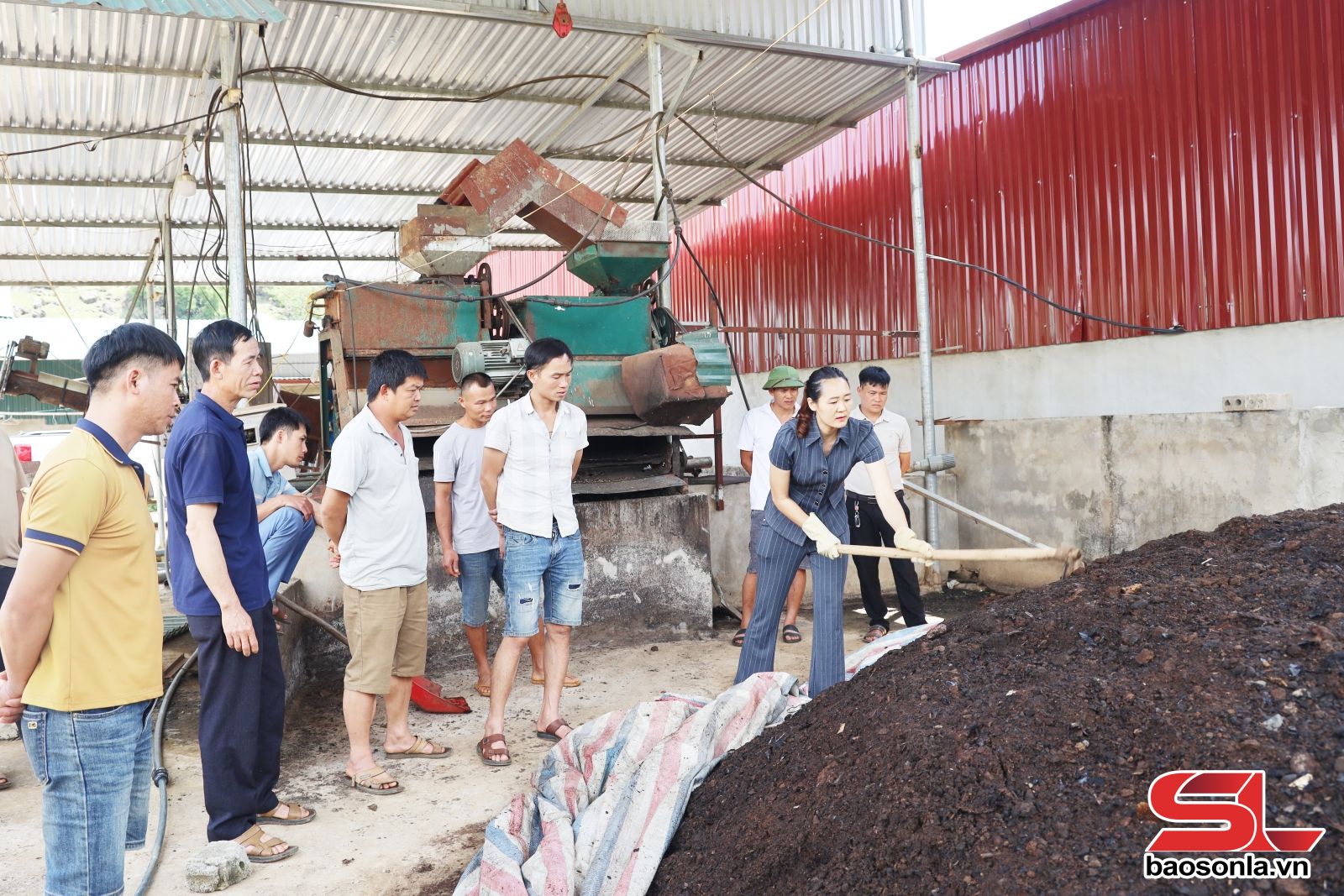
Towards sustainable coffee development, in 2024, with the support of the Agroecology Learning Alliance in Southeast Asia (ALiSEA), the Northern Mountainous Agriculture and Forestry Sciences Institute (NOMAFSI) and the Northwest Agriculture and Forestry Research and Development Center have jointly implemented the project "Coffee Waste Treatment Solutions - Integrating Sustainable Models for Wastewater and By-product Management into Local Environmental Policy" in Chieng Ban Commune. The project has two main contents: Establishing a model for wastewater treatment after coffee processing and a model for composting coffee husks into organic microbial fertilizer. After nearly 2 years of implementation, it has created positive changes, suitable for the actual situation of coffee processing in the locality.
The research team selected Mr. Tong Van Lien's family, a member of Thai Viet Cooperative, to participate in the project, supporting the family to complete a wastewater treatment system consisting of 3 HDPE-lined tanks, with a total area of 716 m². The first tank is used to separate coffee husks, wash beans and store wastewater; the second tank is an anaerobic tank, using microorganisms to reduce the concentration of pollutants; the third tank is an aerobic tank, storing and further treating the water before discharging or reusing.
Through practical implementation at Mr. Tong Van Lien's family, the process is capable of treating 100 m³ of wastewater, equivalent to processing 100 tons of fresh coffee, with an investment cost of less than 30 million VND. After 60 days of anaerobic treatment and 21 days of aerobic treatment, the COD, BOD5, TSS indexes all decreased sharply, reaching environmentally safe levels; coliforms in water decreased to below 110 MPN/100ml, meeting the standards for industrial crops. In particular, the project is highly feasible for small-scale production households, using self-fermented secondary yeast, helping to significantly reduce operating costs.
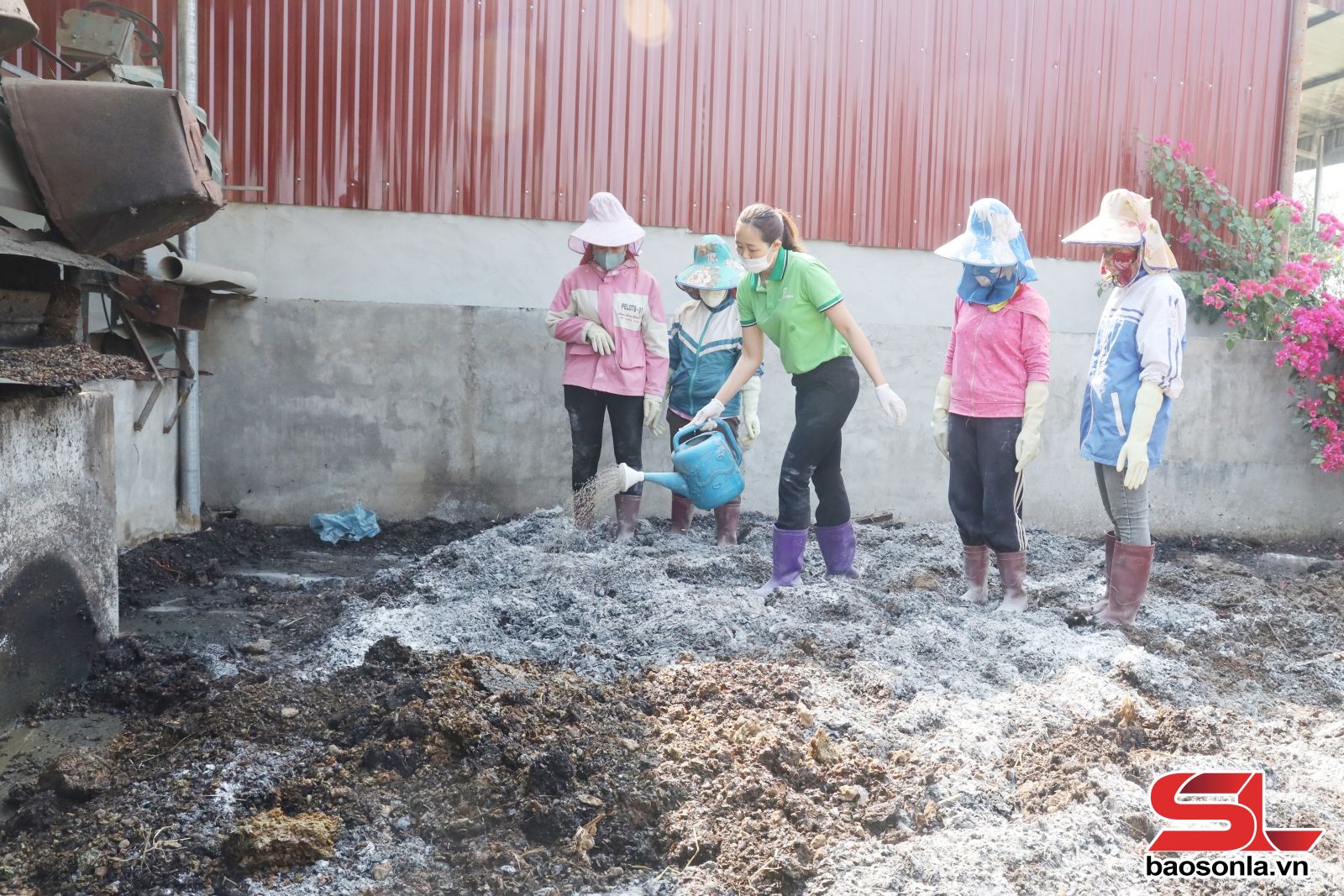
In parallel with wastewater treatment, the project also implemented a model of composting coffee husks using Trichoderma fungi and microbial products. Mr. Tong Van Lien shared: Previously, my family used inorganic fertilizers for the coffee garden and fruit trees, the trees often had yellow leaves, did not grow sustainably, and were expensive. Since receiving support and guidance on composting coffee husks into fertilizer for the trees, the coffee has grown green and sustainable. In addition, this type of fertilizer can be used for all other crops, especially orange trees. Currently, in addition to my family's coffee processing by-products, I also buy more from other families in the commune, which both reduces costs and protects the environment.
Realizing the effectiveness of the model of Mr. Tong Van Lien's family, along with the guidance of the staff of the Northwest Agriculture and Forestry Research and Development Center, Mr. Lo Van Nghia, Cu 2 village, Chieng Ban commune, has also applied the steps to process by-products in coffee processing using microorganisms. Mr. Nghia said: Every year, his family processes 1,000 - 2,000 tons of coffee beans, a huge amount of fruit peels. Through training and direct visits to the model at Mr. Lien's family, I have taken advantage of the coffee peels to make organic microbial fertilizer, and the wastewater is treated with microorganisms, reused to irrigate crops. After a period of monitoring, I saw that the plants grew greener, reducing 50% of the cost of buying fertilizer for 3 hectares of crops compared to before.
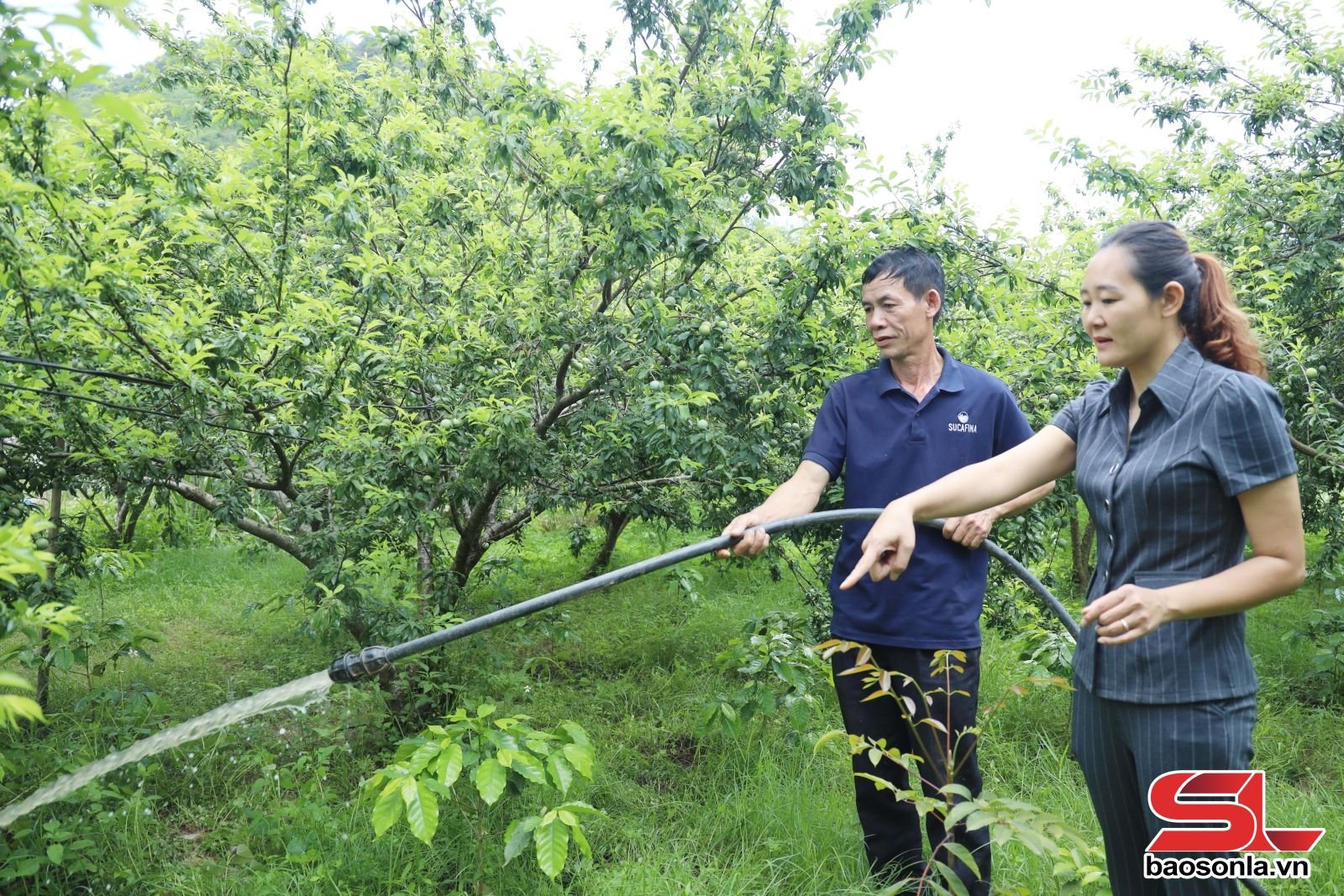
Ms. Bui Thi Ha, an officer of the Northwest Agriculture and Forestry Research and Development Center, said: For the household-scale wastewater treatment model, after the wastewater is treated, there is no longer a foul odor, and people can reuse it to irrigate crops. After the model is successful, we will replicate it in neighboring areas with large coffee areas, contributing to reducing environmental pollution after each coffee harvest and processing.
In the context of climate change and the increasing demand for green agricultural development, the coffee waste treatment model in Chieng Ban commune initially shows its suitability, opening a new direction for Son La coffee industry, greener, cleaner and more sustainable.
Source: https://baosonla.vn/xa-hoi/giai-phap-xu-ly-chat-thai-ca-phe-R2SviSyNR.html



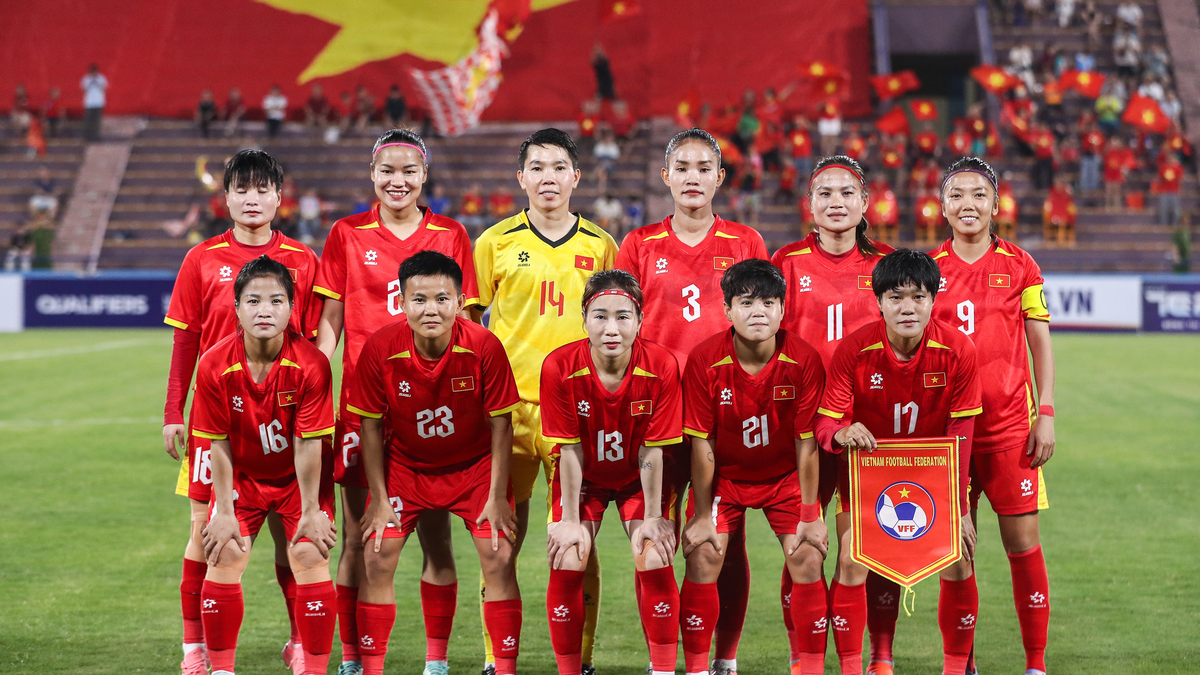
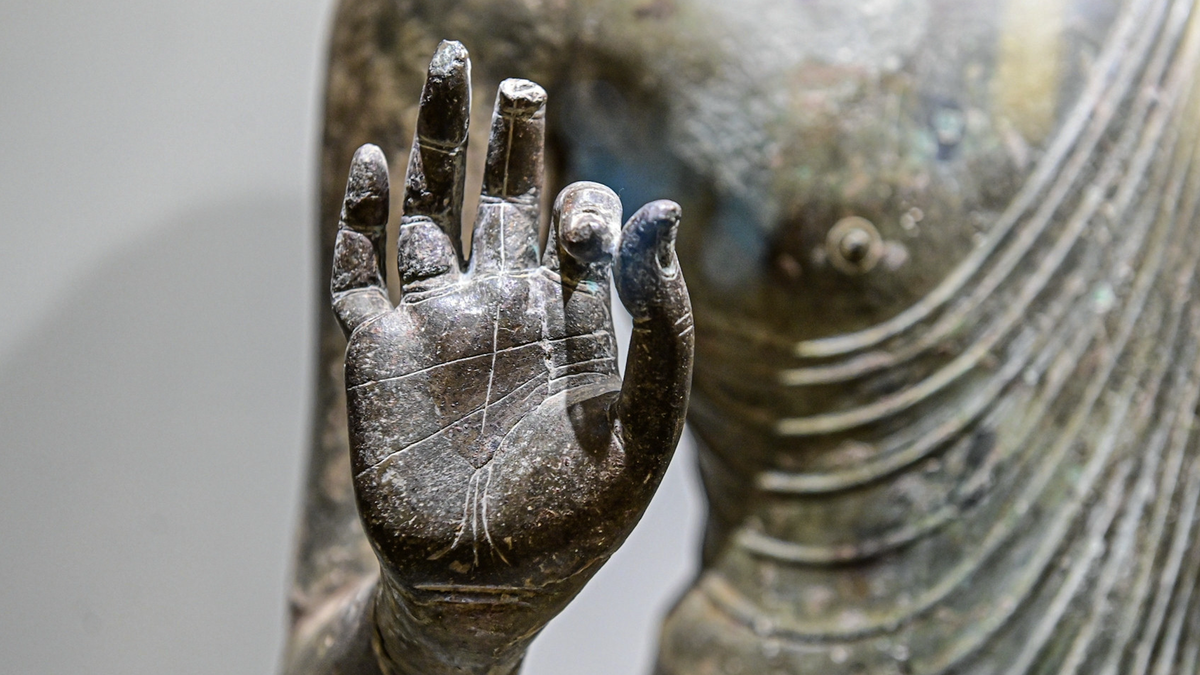


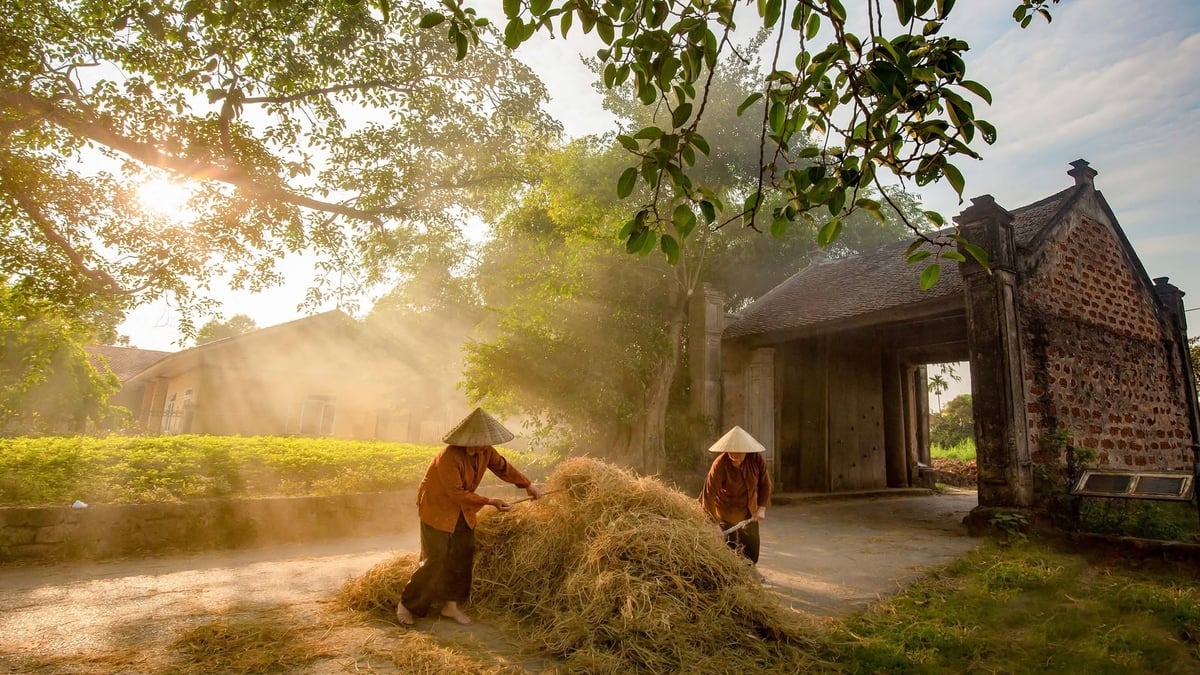
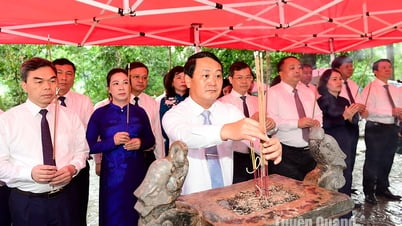

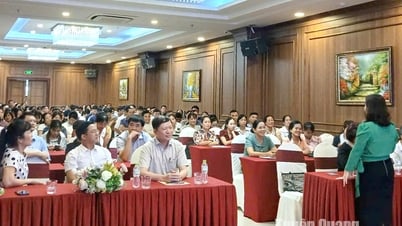
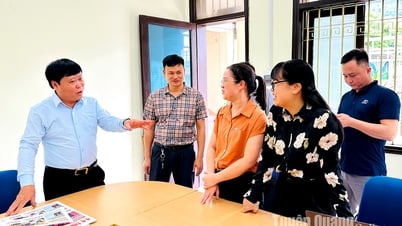
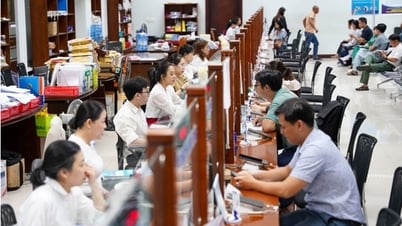

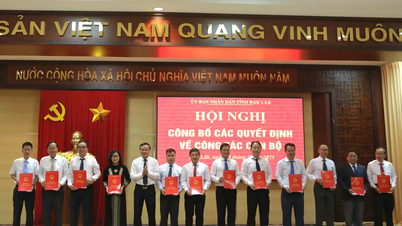

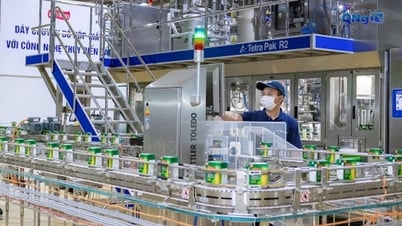





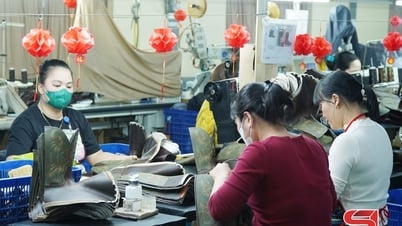
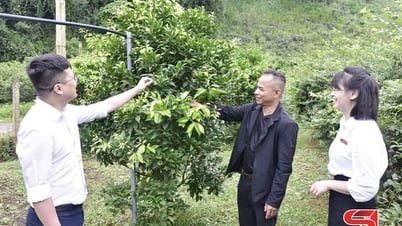
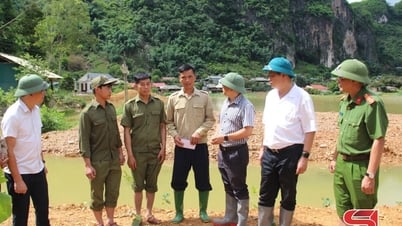
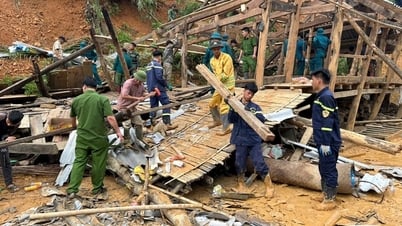
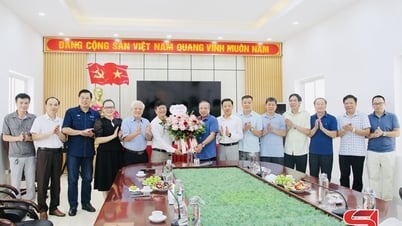


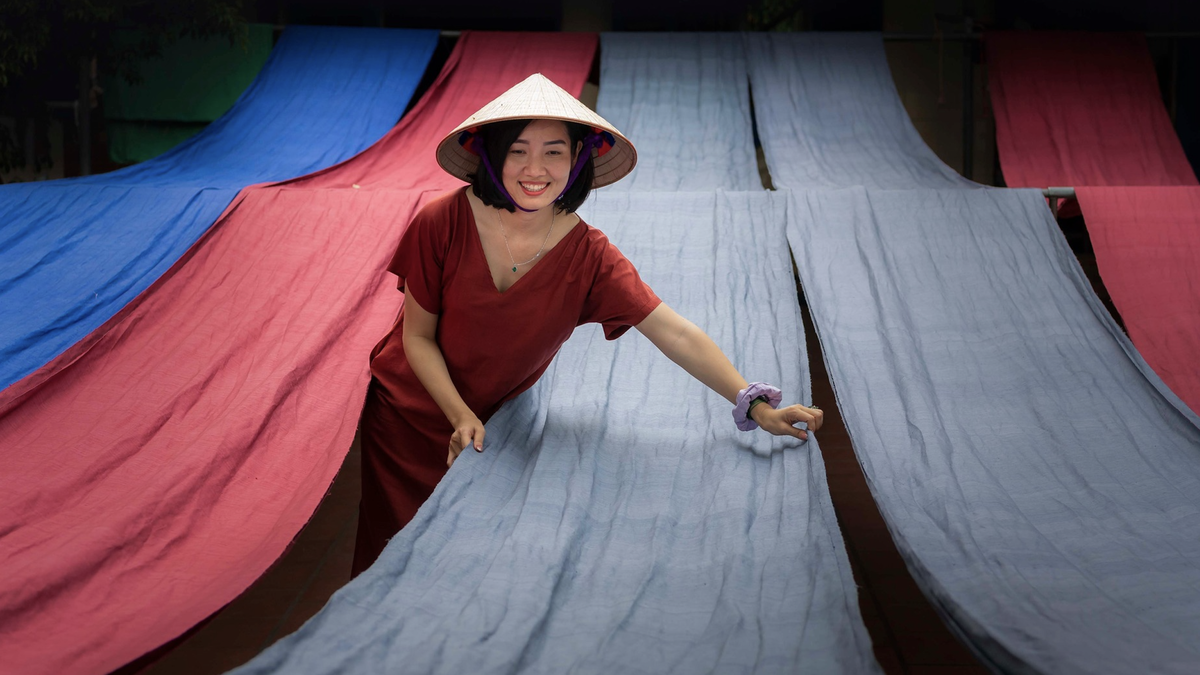
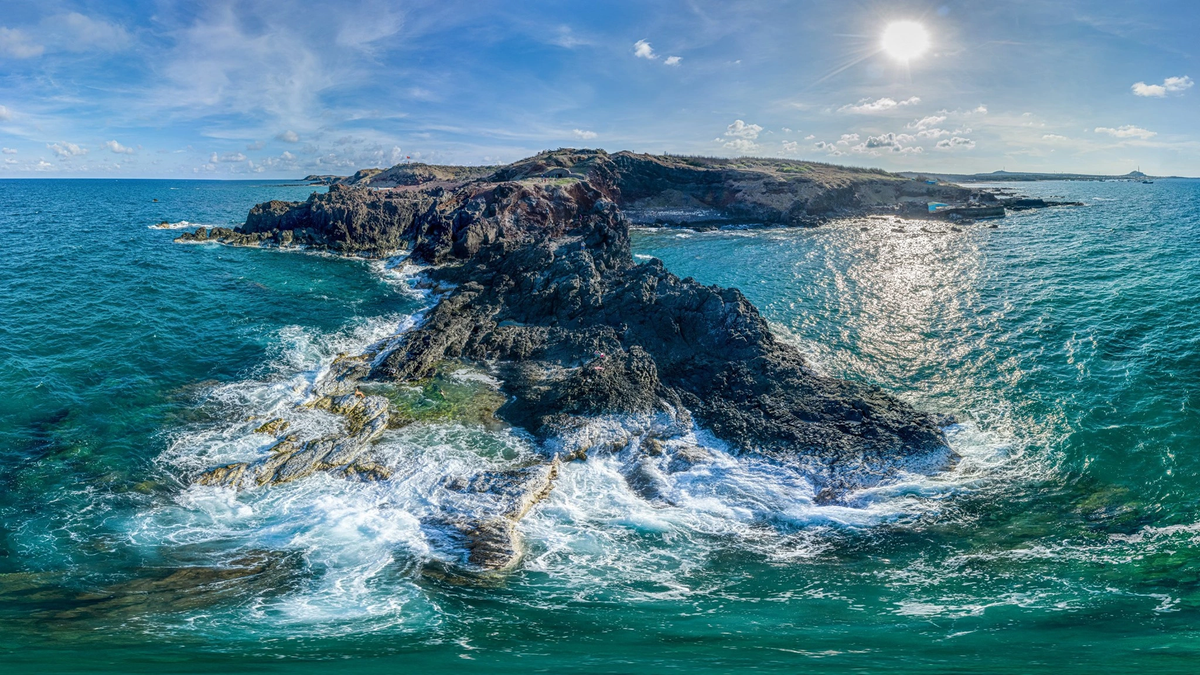
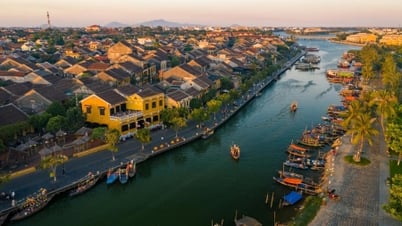

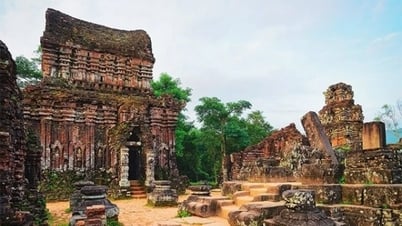

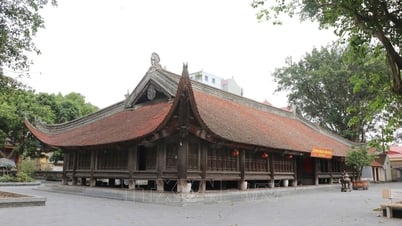

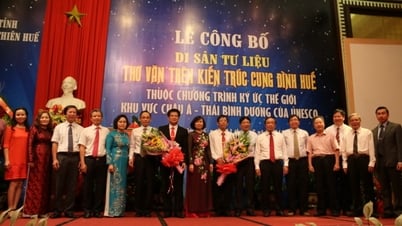

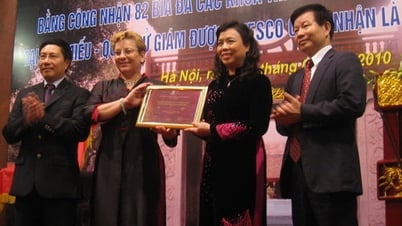

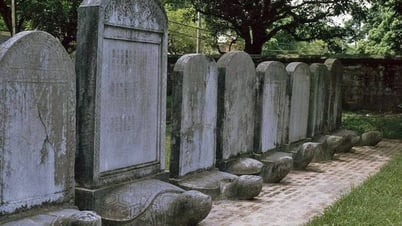

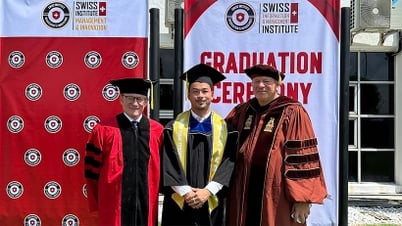







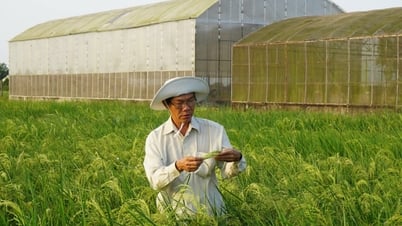

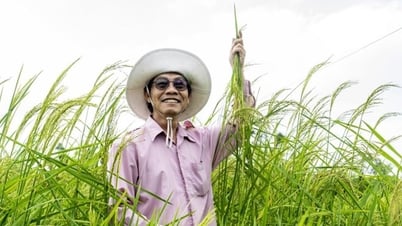

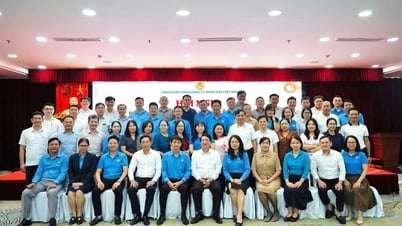

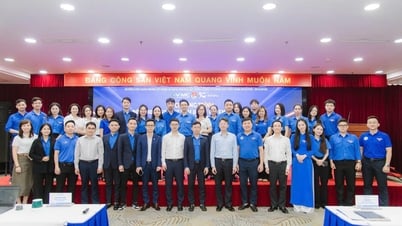
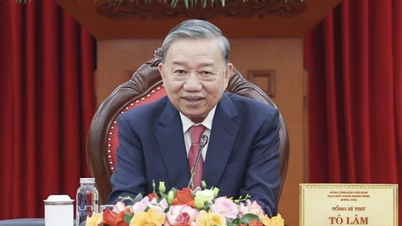
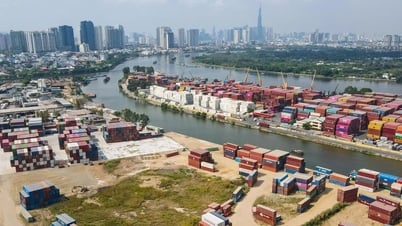

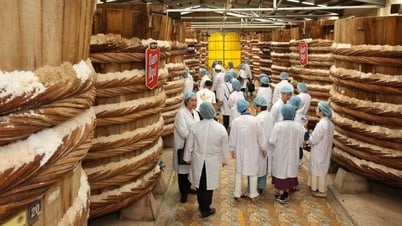
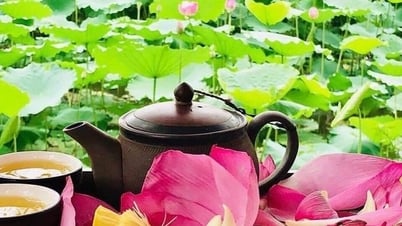



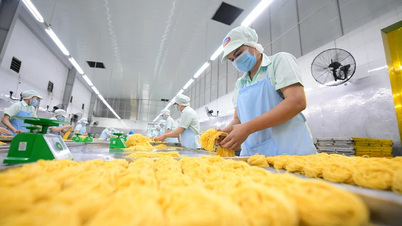
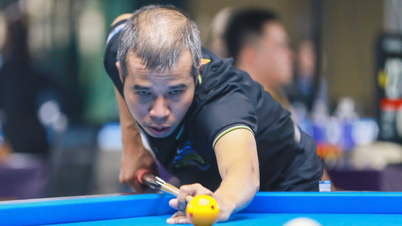

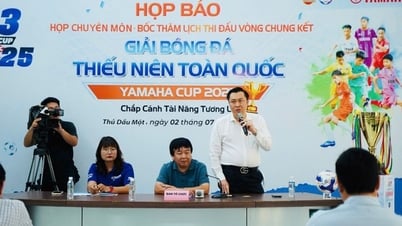




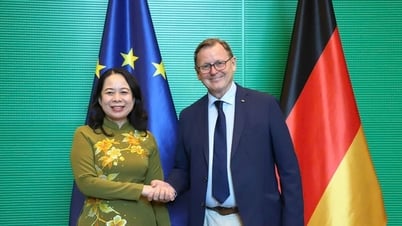
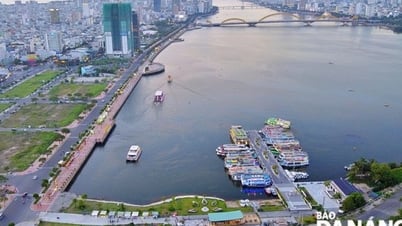
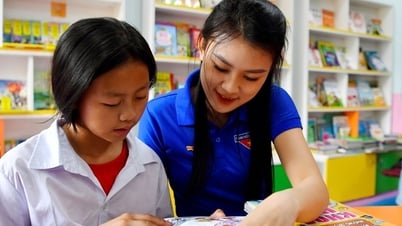
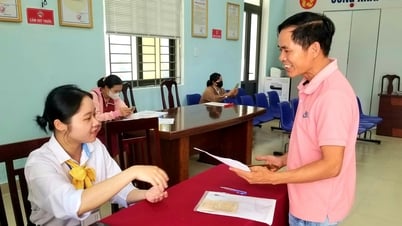

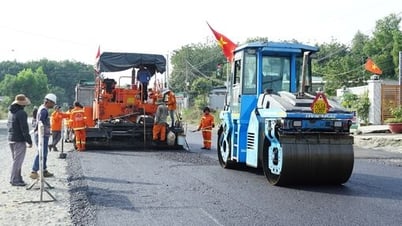

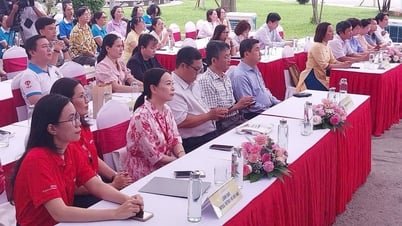
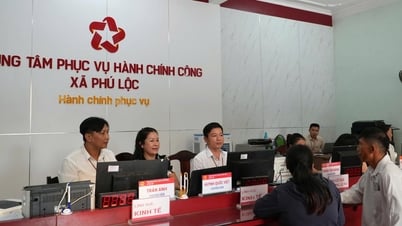


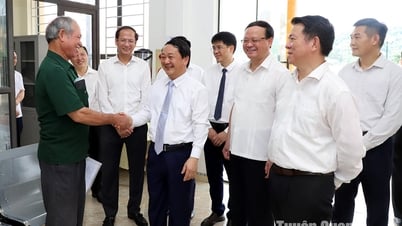
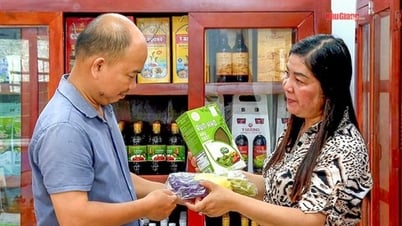

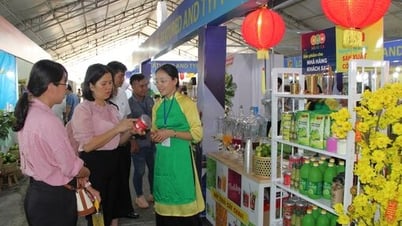
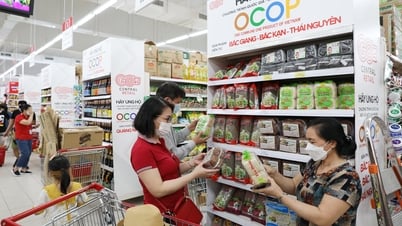

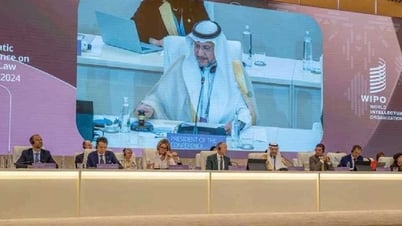

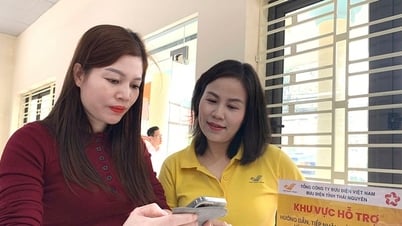
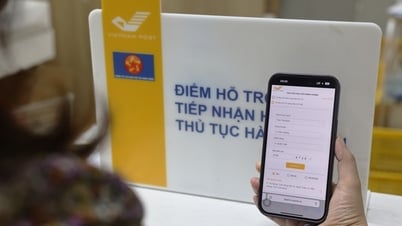

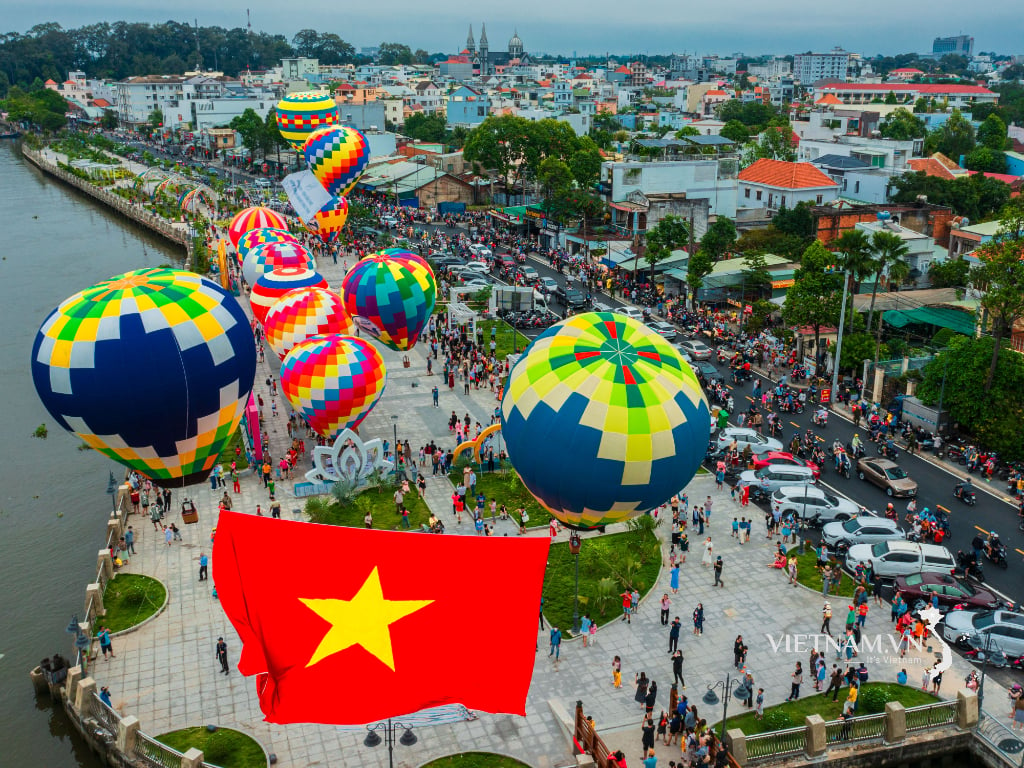
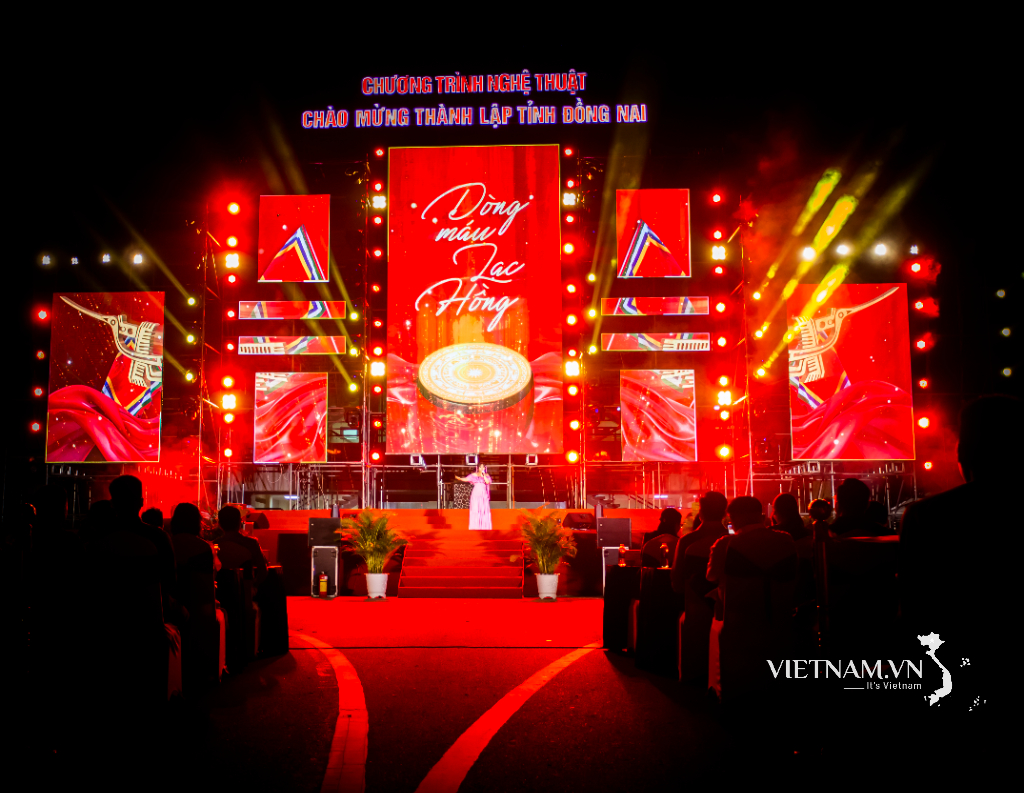
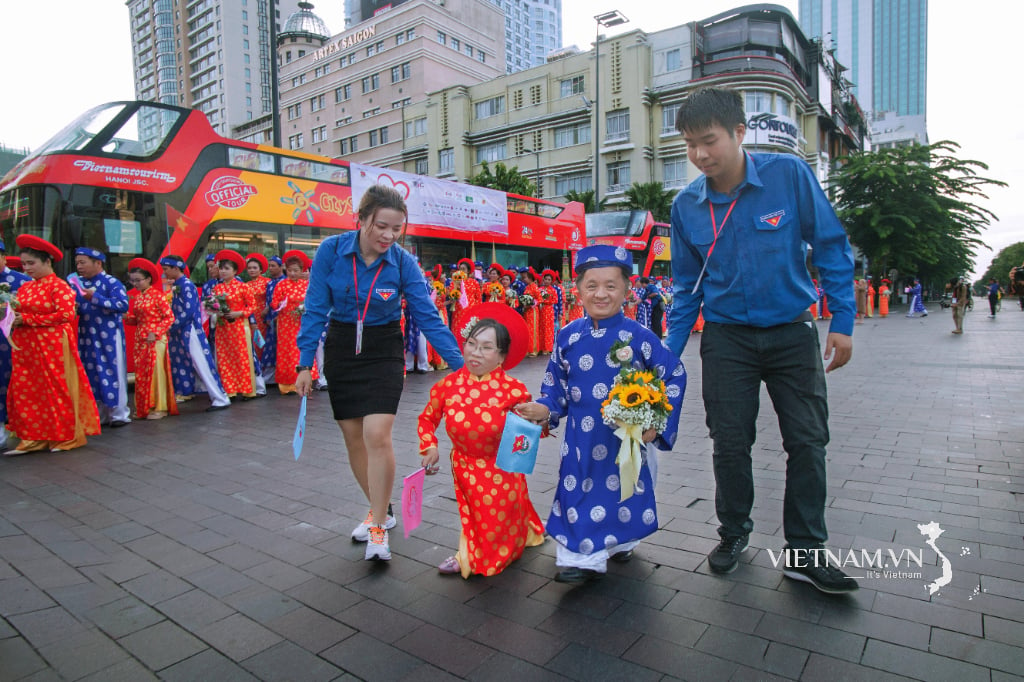
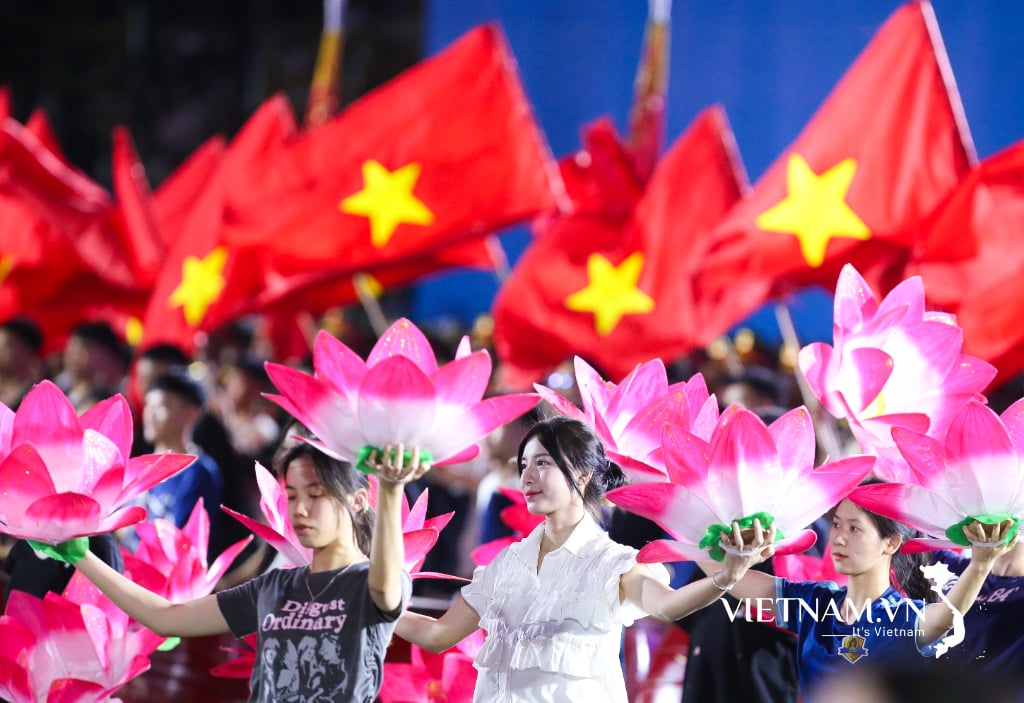
Comment (0)